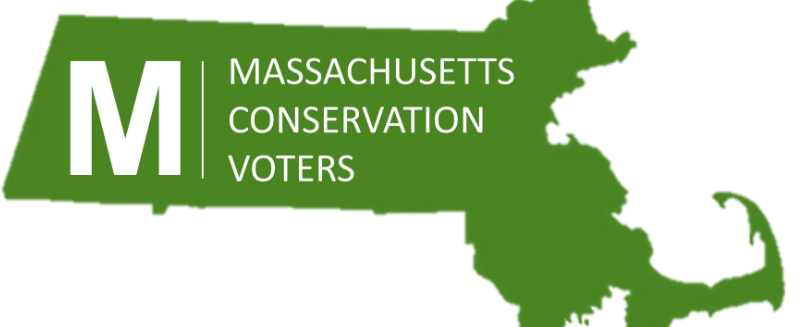Julia Africa, Cheri Ruane, Gary Hilderbrand, Chris Reed | The Boston Globe | May 6, 2020
Now, more than ever, our parks must be understood as essential public infrastructure. Not unlike essential workers, their contributions during a pandemic should be celebrated, protected, and ultimately leveraged to support public health. We must shift our thinking to repurpose public spaces during times of crisis, restore their ecologies when the crisis abates, and adapt our parks to better accommodate urban populations (especially those who have been historically underserved) for the future.
In Boston, we rely on our Emerald Necklace park system — which stretches from Olmsted Park in Brookline to Franklin Park in Dorchester — for so much more than a walk in the park. In times of peace, these iconic landscapes have played just about every starring role: as cow pastures, premodern sewage treatment ecologies, muster grounds, performance venues, flood-retention basins, and stages for visiting dignitaries, and historic movements (civil rights, Women’s March, March for Science). As we struggle to contain and defeat this terrible virus, the role of parks as critical open space for respite and restoration is both more important and more fragile given the risk of transmission.
Responsible use guidelines — including appropriate distancing, masks, and restriction of shared recreational equipment — can be modified with the benefit of emerging research and enhanced civic awareness. And although Boston benefits from world-class hospitals, talented clinicians, and pioneering pharmaceutical companies in the fight against COVID-19, it’s possible that our public commons will be more extensively harnessed in our hour of need.
One could be forgiven for thinking that time is not linear but rather running in a loop: shortages of critical medical equipment and heavy reliance on social distancing seem like public health realities. Almost 150 years ago, Boston’s own Frederick Law Olmsted (an originator of American landscape architecture practice and the steady hand behind our Emerald Necklace) was hard at work with the US Sanitary Commission crafting guidelines for battlefield encampments where too many Civil War soldiers died from preventable infectious diseases like typhoid, cholera, and influenza.
Now another battle is raging, exposing inequity and privilege as dramatically as we once divided North from South, but this time the world at large is riven. Across from New York’s Mount Sinai Hospital in Olmsted’s beloved Central Park, a field hospital was erected to receive the swelling ranks of New Yorkers sickened by COVID-19. Temporary interments of bodies on Hart Island may follow as mortuaries and mobile freezer units are projected to exceed capacity. Then as now, cities lean heavily on open space during times of crisis.
To read the full story, please click here.
